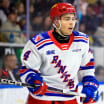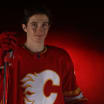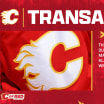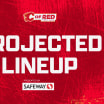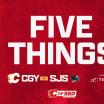Mikael Backlund is good at hockey.
Like, really good.
If you've been paying attention the past couple of seasons, that statement won't come as much of a surprise. He's already back at it again this campaign: two goals, an assist, and a 54.35% Corsi-for rating, according to Corsica.hockey.
That puts him second on the Flames, right in between his linemates, Matthew Tkachuk and Michael Frolik. Though the season is still young, the 3M Line has already put together a 55.46% CF - one of the best lines of 2017-18 so far, all while being buried in defensive zone starts most other top lines don't even come close to seeing.
It's kind of what Backlund does. He takes the toughest assignments on his team, and he spins them into gold.
ONE OF THE BEST
Think Mikael Backlund is one of the Flames' top forwards? Delve a little deeper and it is easy to see he's one of the league's top pivots
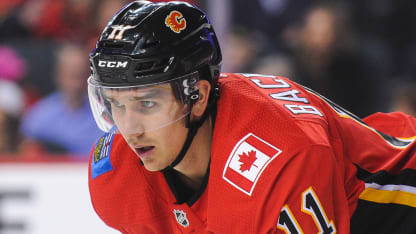
© Derek Leung/Getty Images
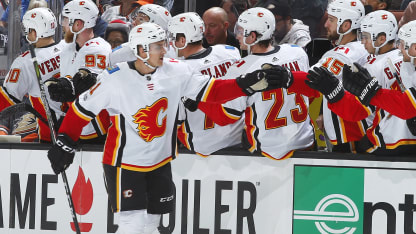
© Debora Robinson/Getty Images
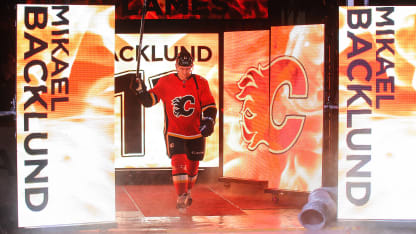
© Derek Leung/Getty Images





